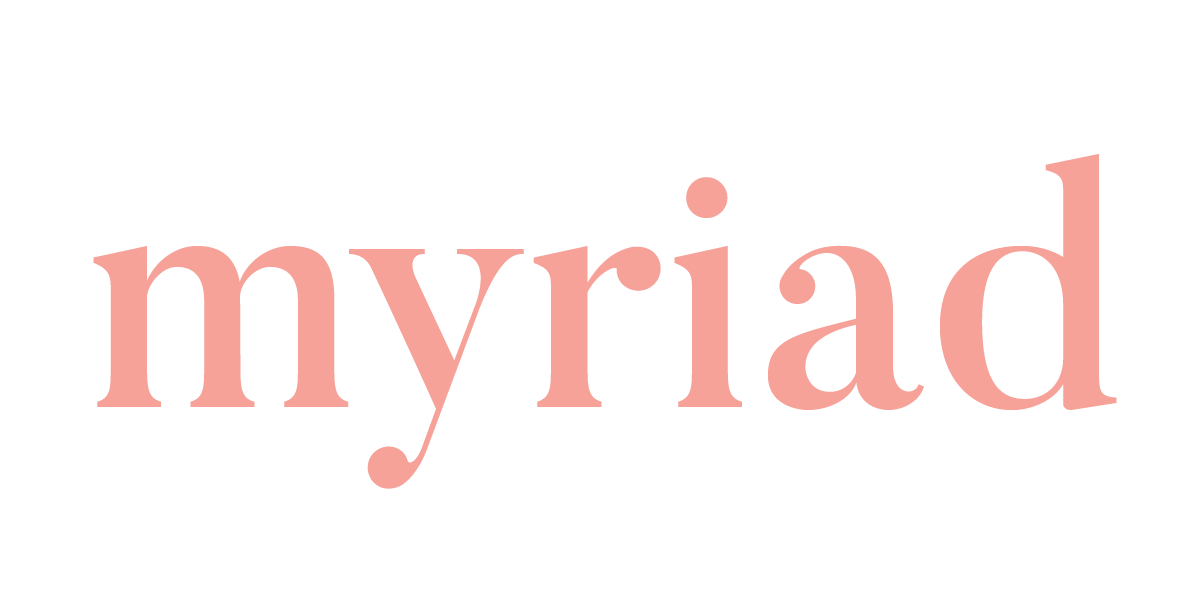Charrette Recap
Part 3: Creating the Maintenance Culture Guidelines
Charrette participants discuss and map steps for preserving complex, born-digital, creative works
Myriad gathered a group of creators and maintainers of born-digital, creative works to start defining guidelines and building a curriculum for sustaining access to complex digital creative works. We called the gathering a Charrette, which you can read more about in an earlier blog post, and you can read Parts one and two of the recap on our blog too.
To provide structure to the guidelines, we are building on three existing frameworks:
Sustainable Heritage Network Digital Stewardship Curriculum: we’re using their phases for digital preservation - Get it / Check it / Save it / Share it. For creators, the phases will be Create it / Check it / Save it / Share it.
Born Digital: Guidance for Donors, Dealers, and Archival Repositories, published by the Council on Library and Information Resources: the Maintenance Culture guidelines will also simultaneously speak to different audiences - creators, collecting institutions, and galleries
National Digital Stewardship Alliance Levels of Digital Preservation: their levels approach, with levels 1 - 4, will inform our approach too
We asked Charrette participants to build on these existing frameworks to create new guidelines for sustaining access to formats such as digital design, time-based media art, net art, and augmented reality. We started by framing our brainstorming around an imaginary work of art, institution, and worker. Participants then recommended steps that this imaginary person could take in order to sustain long-term access to born-digital, creative works.
Our approach of gathering creators + maintainers to have these conversations together shifted discussions towards considering the entire lifecycle of a work, from creation, to exhibition or access, to long-term maintenance at a collecting institution. This collaborative approach also fostered understanding across the various stakeholders about where their work overlaps, and how to support each others’ work.
Collaborative notes from a group naming steps to take in get it / check it / save it / share it stages of digital preservation for complex, creative works
Here are some examples of the recommendations that will be made in the guidelines, based on the conversations at the Charrette:
Get it - Maintainers:
Transfer to your institution: work with the artist or donor to sign a deed of gift or purchase agreement, ask for all components that may include unique/modified equipment to present the work, etc.
Interview the creator: talk with the creator to gather more information about context of the work, differentiate what’s essential and what’s changeable about their work, and get some input on preservation approaches.
Research the work: if the creator is unavailable, gather context from other sources to inform decision-making.
Create it - Creators:
Document your work: capture installations with video/audio, create a list of component parts (hardware, software, other)
Organize your files: use a naming convention, control versions
Budget for long-term costs: Consider long-term storage costs in creation, identify sustainable options
What’s above is just a glimpse of the forthcoming guidelines. The Tools and Resources Team and Myriad staff are working on the guideline content and structure to make them practical, possible for small to mid-size institutions, and easily understandable. A draft of the guidelines will be the basis of a workbook that will be used to teach the 2023 workshops. The workshops will then inform the guidelines and workbook, the team will update them in summer 2023, and the final version will be released at the end of 2023.
Read our blog, subscribe to our newsletter, or join the list for one of our Maintenance Culture regional communities for more updates.
Maintenance Culture has been made possible in part by a major grant from the National Endowment for the Humanities: Democracy demands wisdom.
Any views, findings, conclusions, or recommendations expressed on this website do not necessarily represent those of the National Endowment for the Humanities.



